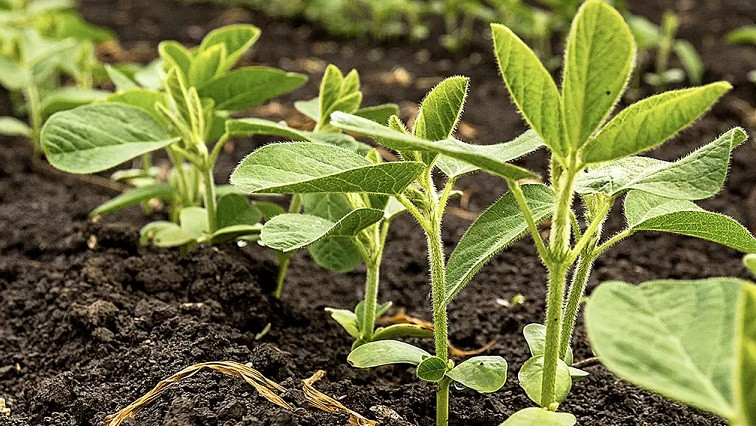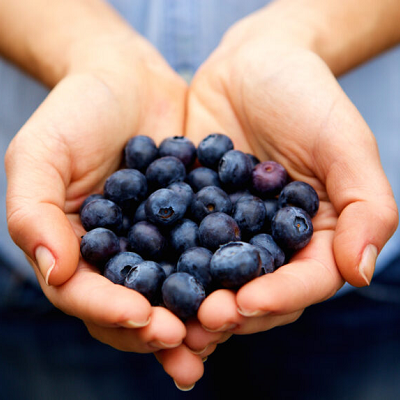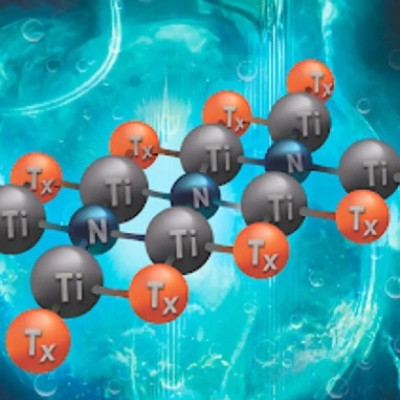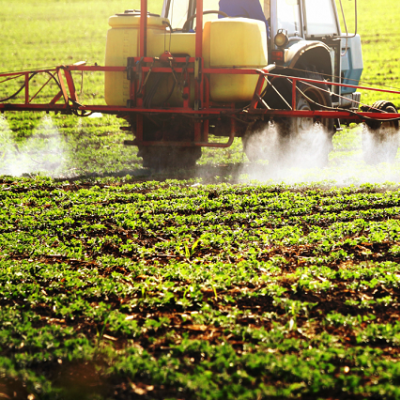In a world where agriculture accounts for 14%-28% of global greenhouse gas emissions and 70% of all freshwater withdraws, it is impossible to ignore that current agricultural practices are unsustainable. This, in addition to a range of other factors, including extreme weather events, rampant crop pests and rapidly degrading soil, underlines the need for new technologies to meet increasing global food demands and climate goals.
In a new study published in Nature, researchers at Carnegie Mellon University highlight that plant nanobiotechnology approaches can be used to deliver nanoforms of active agents, such as micronutrients or plant protection products, to specific biological targets. As a result, plants become more resilient against disease and harmful environmental factors like extreme heat or salt contents in soil, thus increasing crop yield and overall efficiency. However, because the field of plant nanobiotechnology is still in its nascent stages, many of the challenges to implementing new tools like nanocarriers are still unknown to researchers.
To overcome this obstacle, Greg Lowry, in collaboration with colleagues and students, is looking beyond plants and agriculture to find solutions inspired by nanomedicine.
“We found that the challenges of using nanocarriers to deliver nutrients in plants parallel those in nanomedicine, which has the advantage of being an established and well-studied field,” said Lowry, a professor of civil and environmental engineering. “While there are some key differences between plants and animals, many important parts of our research have been informed by nanomedicine, including identifying nanocarrier designs that can ensure that active agents are effectively packaged, delivered and released where they are needed.”
Similar to nanomedicine, researchers found that nanocarriers are most successful when they interact well with the organism they’re targeting, navigate key biological barriers, and take advantage of natural processes while minimizing unintended consequences. The study also explored the potentially transformative approach of creating “digital twins” of plants for assessing the efficacy of different nanocarrier designs.
Digital twins are breakthrough modeling technologies that have been widely used throughout infrastructure management, predictive maintenance and manufacturing. Their unique ability to analyze a structure and its surrounding conditions, process the information, and use it to inform, predict and modify what happens in the physical world has revolutionized the way researchers process data.
Just as medical researchers use “digital patients,” or digital twin models to simulate how medicines interact with and move within the body, Lowry and his team could use “digital plants” to facilitate the design of nanocarriers that target nutrient delivery to selected plant organs. In doing so, nanocarriers would be better equipped to deliver essential active agents where and when they’re needed most, increasing their effectiveness, resilience to adversity and overall agricultural output.
“Nano-enabled precision delivery of active agents in plants will transform agriculture, but there are critical technical challenges that we must first overcome to realize the full range of its benefits,” said Lowry. “I’m optimistic about the future of plant nanobiotechnology approaches and the beneficial impacts it will have on our ability to sustainably produce food.”
Read the original article on Carnegie Mellon University (CMU).







